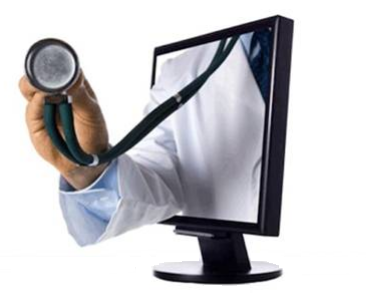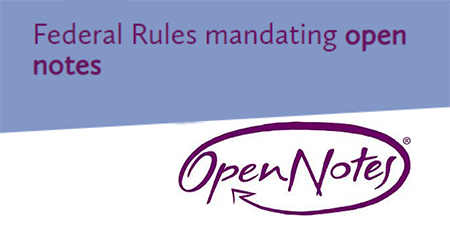Managing a medical practice has always been complex and challenging. However, the events of 2020 have made it even more so. With the Coronavirus pandemic targeting the vulnerable members of society and medical practices being a prime transmission site, physicians will have to continue to proceed with care in 2021.
Here are some of the top physicians’ practice management tips to navigate the new year.
Audit Your Current Tools and Practices
Before you start implementing new tools or continuing with the status quo, it's essential to audit the previous year. With 2020 bringing so many changes, this exercise is more important now than ever.
Take a look at what protocols and software were in place when 2020 started and determine what still has merit and what's now obsolete. From there, take a look at any new policies and tools that have been implemented since the beginning of the pandemic to evaluate whether they're a short-term fix or a long-term solution.
Once you have a better idea of what's working and what isn't, you can set priorities for 20201 improvement opportunities. This exercise ensures that you're making intentional changes to your practice management.
Make Way for New Technology
The COVID-19 situation has fast-tracked many of the technological advancements that were underway prior to 2020. The prevalence of telemedicine has grown exponentially over the past year and will continue to hold strong in 2021.
Now is the time for you to embrace new technology in your practice. Consider what tools you can use and update to ensure you have a streamlined, centralized management system. Consider everything from administrative tasks like billing and payroll to scheduling and virtual appointments.
Embracing new technology in your practice management procedures could be the difference between holding strong and losing patients in 2021.
Prioritize the Patient Experience
Consider how your patients interact with your practice. Medical practices historically straddle the line between public service and for-profit business services. Unfortunately, many physicians have failed to implement the key essence of running a business: prioritizing customer care.
Prioritize the patient experience by showcasing that you value their time rather than letting them wait past their scheduled appointment. For example, have someone in place to help Medicare beneficiaries navigate their Part D plan for insurance or what a patient can expect during cancer treatment. Prioritize the little touches, like addressing them by name and using active listening skills.
The more valued a patient feels, the more comfortable they'll be when sharing personal information. Prioritizing the patient experience builds trust beyond the basic confidentiality agreements. This open dialogue allows physicians to provide better care and prevents patient turnover.
Clarify Your Communications
The year 2020 sparked a lot of confusion and changes in how practices operate. A goal for 2021 should be to clarify communications and ensure that patients know what to expect from your practice. Consider implementing or strengthening your practice's online presence to share important updates, valuable resources, and proactive health tips. Clear communications go hand-in-hand with a positive patient experience.
Care for Your Employees
Employees and office staff are the face of the practice. They're the first touchpoint with patients and often have to deal with complex situations and interactions. Keep in mind that it's not only your patients who have faced challenges during 2020; your staff is also navigating the stress and uncertainty of the pandemic.
Put an employee care plan in place to ensure your people are safe and healthy with opportunities to grow. Rethink your scheduling to help minimize the risk of contracting the virus while allowing ample time for staff to step away and come back refreshed.
Prioritize Safety and Cleanliness
Safety and cleanliness have always been an essential aspect of effective practice management. However, it's now a matter of life or death for your vulnerable patients who have comorbidities and are classified as high risk.
Consider hiring a professional cleaning and sanitization service to conduct daily cleaning. Professional services use sanitizing mists and tools to ensure every surface is clean, limiting the chances of transmission.
Know When to Outsource
Consider how much time non-revenue-generating activities take up in your office. Things like payroll, IT management, and note transcription can all be outsourced to contractors and specialized professional services. Outsourcing allows more flexibility in staff scheduling and prevents burnout while keeping costs low.
Take a look at your practice's current overtime payroll and ask staff for feedback on which tasks take up the most of their day. Use these insights to determine which tasks can be outsourced and managed more efficiently.
Use these effective tips to manage your medical practice in 2021. If 2020 has taught physicians anything, it's the importance of being able to pivot during uncertain times.
--
By: Ashley Lipman
Ashley Lipman is an award-winning writer who discovered her passion for providing knowledge to readers worldwide on topics closest to her heart - all things digital. Since her first high school award in Creative Writing, she continues to deliver awesome content through various niches touching the digital sphere.








